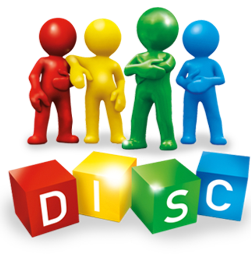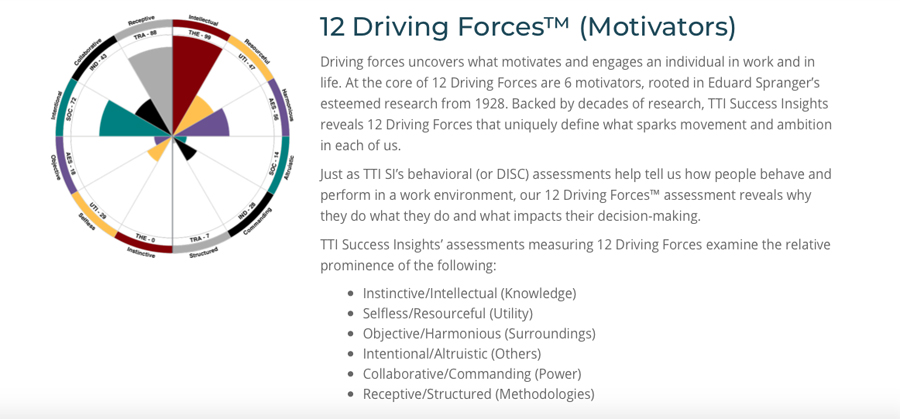Has your business ever experienced a decline in sales? Perhaps you have noticed team morale has dropped, or maybe your company has recently had a high turnover of staff.
It may be time to consider engaging with a Sales Trainer to implement a sales training program for your sales team.

Three Reasons Why You Should Consider Training Your Sales Team
The best sales trainers will tell you that training your sales team at the end of the financial year (EOFY) can provide many benefits.
Here are three key reasons why you should consider training your sales team during this period:
1. Maximising Performance and Revenue
The end of the financial year is a critical time for businesses to achieve their revenue goals.
Training your sales team during this period can help them:
• Refine their skills
• Learn new strategies
• Stay up-to-date with the latest sales techniques
By equipping your sales team with the necessary knowledge and tools, you can enhance their performance, increase their productivity, and ultimately drive more revenue for your business.
Effective training can help them to:
• Close deals more effectively
• Negotiate better terms
• Overcome objections
• Lead to improved sales results
2. Capitalising on New Targets and Budgets
The start of a new financial year often brings new sales targets and budgets.
Training your sales team at the EOFY enables them to familiarise themselves with the upcoming targets and understand any changes in the budget allocation.
By aligning the team’s skills and strategies with the new targets, they can better plan their sales activities, identify potential opportunities, and effectively allocate their resources.
This proactive approach to training ensures that your sales team is prepared to ‘hit the ground running’ as the new financial year begins.
3. Addressing Skill Gaps and Adapting to Market Changes
The business landscape is constantly evolving, and it’s essential for sales teams to adapt to changing market conditions.
The EOFY provides an excellent opportunity to assess the performance of your sales team over the past year and identify any skill gaps or areas for improvement.
By conducting targeted training sessions, you can address these gaps and equip your team with the skills needed to excel in the upcoming year.
Whether the training is for:
• Improving their product knowledge
• Enhancing their negotiation skills
• Leveraging new sales technologies
An effective Sales Trainer will provide modern training that can help your sales team stay competitive and adapt to market changes effectively.

Training your sales team during the EOFY comes with many benefits.
By investing in your sales team’s development and providing them with the necessary tools and knowledge, you can empower your team to achieve better results, drive revenue growth, and stay ahead of the competition.



























 WHAT DOES WPMOT MEASURE?
Workplace Motivators® explores the question: WHY do we move into action?
A motivator (or value) is a cluster of beliefs with a similar underlying pattern or idea that we believe to be fundamentally important. Our primary motivators help determine what gives us joy, happiness, energy and purpose — at work and in life.
Our strongest motivators provide us with a continuous source of motivation to seek out their fulfilment. They are also the source of dissatisfaction when they are violated or ignored. When it comes to business partnerships, just as it does with dating and falling in love, people can overcome basic behavioural (DISC) differences, but values are the thing that will make or break a relationship.
THE WORKPLACE MOTIVATORS REPORT
The Workplace Motivators® profile is a 14-page report. It takes you a step beyond the standard behavioural assessment to dive deeper into the world of personal values.
The 6 core Motivators measured are:
WHAT DOES WPMOT MEASURE?
Workplace Motivators® explores the question: WHY do we move into action?
A motivator (or value) is a cluster of beliefs with a similar underlying pattern or idea that we believe to be fundamentally important. Our primary motivators help determine what gives us joy, happiness, energy and purpose — at work and in life.
Our strongest motivators provide us with a continuous source of motivation to seek out their fulfilment. They are also the source of dissatisfaction when they are violated or ignored. When it comes to business partnerships, just as it does with dating and falling in love, people can overcome basic behavioural (DISC) differences, but values are the thing that will make or break a relationship.
THE WORKPLACE MOTIVATORS REPORT
The Workplace Motivators® profile is a 14-page report. It takes you a step beyond the standard behavioural assessment to dive deeper into the world of personal values.
The 6 core Motivators measured are:
 The Workplace Motivators® also includes feedback on what a person should try to avoid based on his or her motivators. TTI’s brain-based research confirms that this has a deep subconscious impact on our decision making.
VERSIONS OF THE WORKPLACE MOTIVATORS PROFILE
The Workplace Motivators® reports are available in a number of versions, each designed to support your initiatives and help you achieve your desired results. All of our tools have been designed with flexibility, practicality, and multiple uses in mind. This means you can invest once in the right profile and use it throughout the employee life cycle to maximise your investment.
There are three types of reports in the TTI Success Insights® Motivators series, including:
The Workplace Motivators® also includes feedback on what a person should try to avoid based on his or her motivators. TTI’s brain-based research confirms that this has a deep subconscious impact on our decision making.
VERSIONS OF THE WORKPLACE MOTIVATORS PROFILE
The Workplace Motivators® reports are available in a number of versions, each designed to support your initiatives and help you achieve your desired results. All of our tools have been designed with flexibility, practicality, and multiple uses in mind. This means you can invest once in the right profile and use it throughout the employee life cycle to maximise your investment.
There are three types of reports in the TTI Success Insights® Motivators series, including:





































































